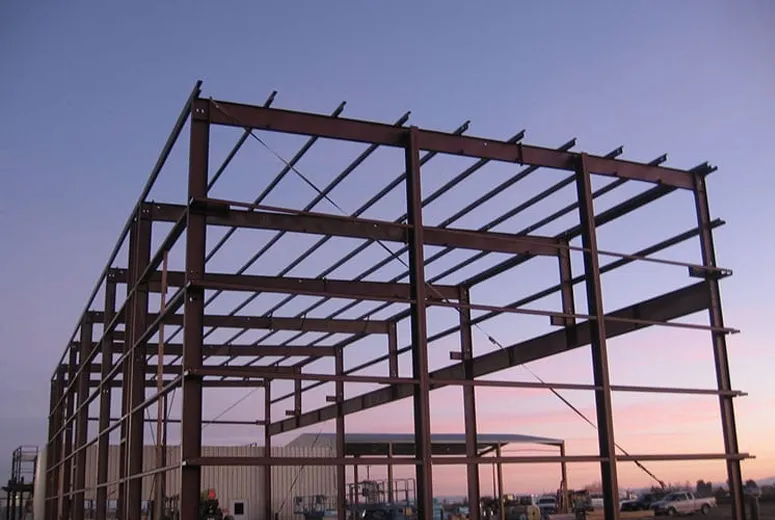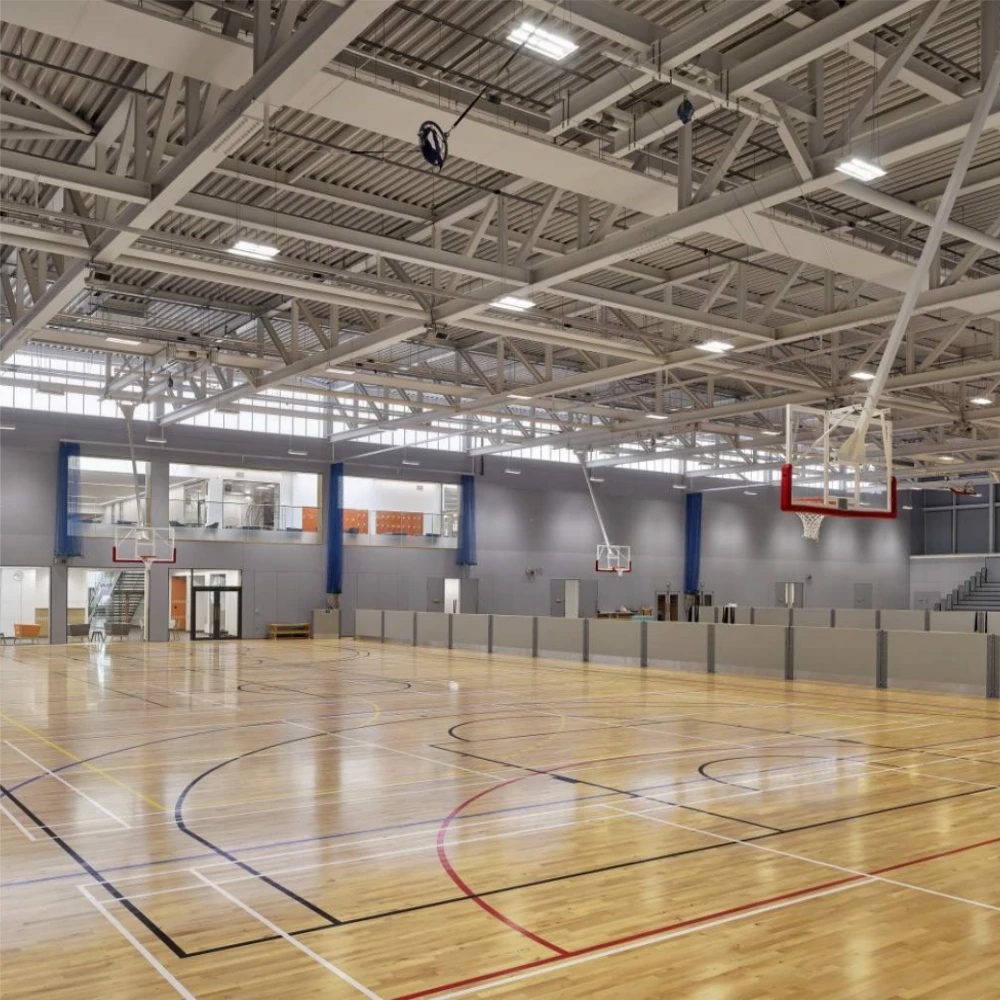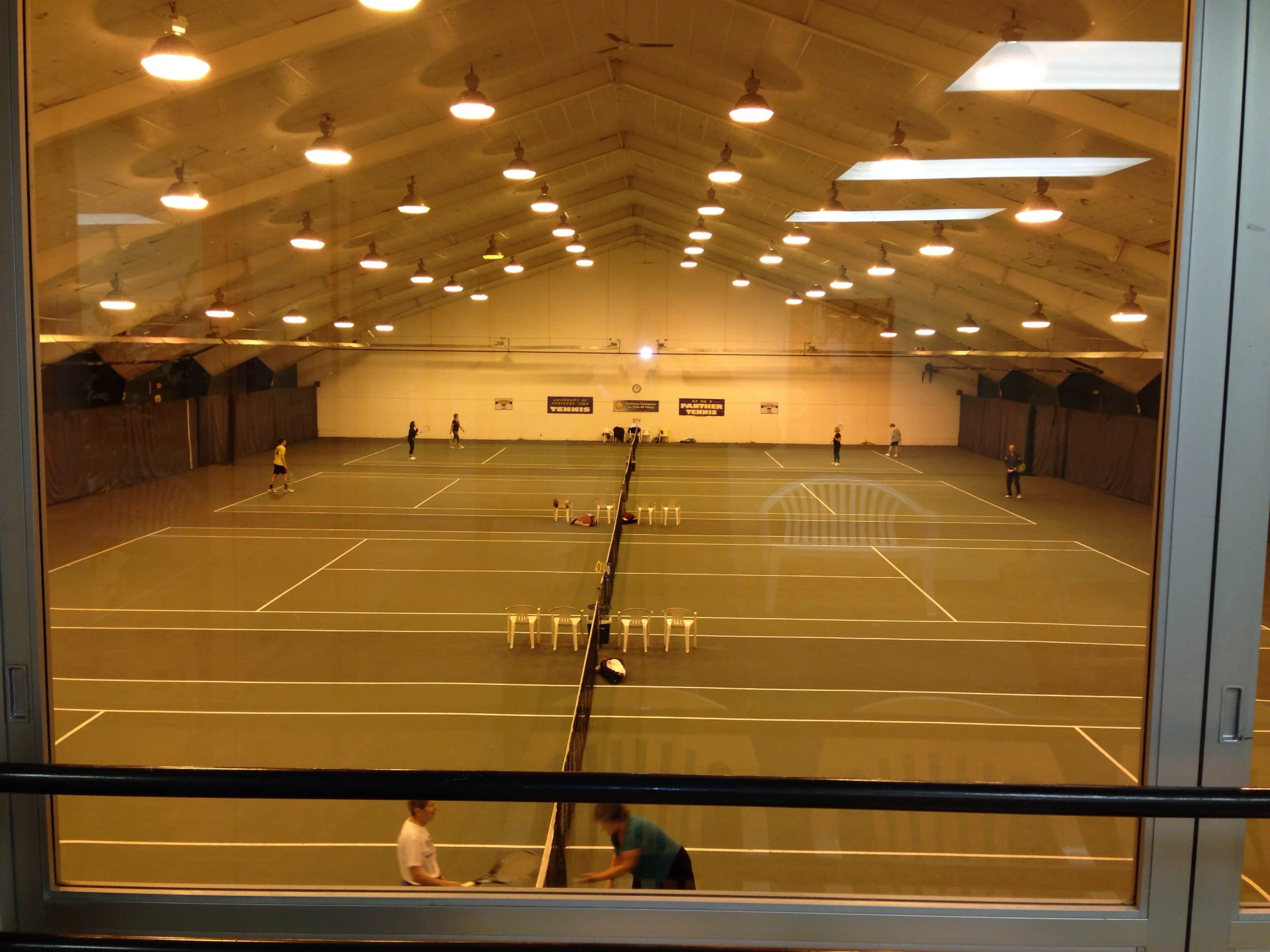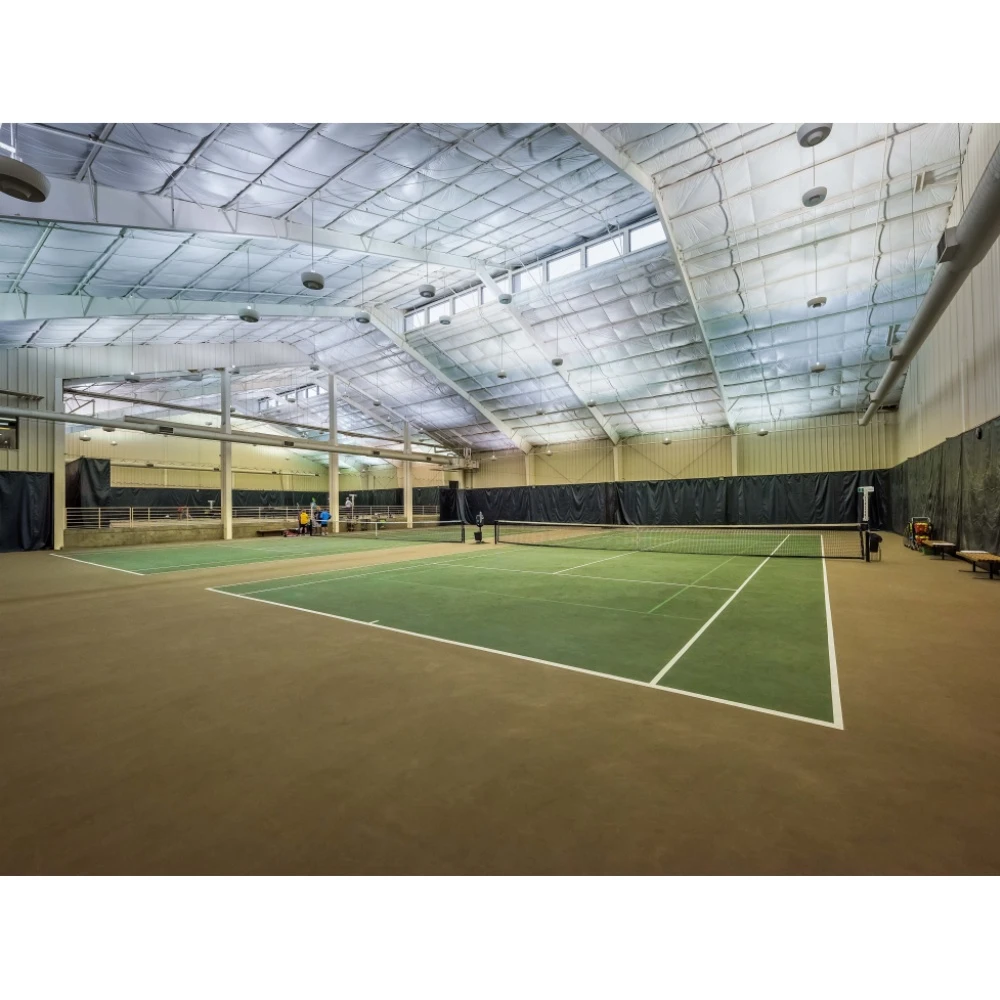- Afrikaans
- Albanian
- Amharic
- Arabic
- Armenian
- Azerbaijani
- Basque
- Belarusian
- Bengali
- Bosnian
- Bulgarian
- Catalan
- Cebuano
- Corsican
- Croatian
- Czech
- Danish
- Dutch
- English
- Esperanto
- Estonian
- Finnish
- French
- Frisian
- Galician
- Georgian
- German
- Greek
- Gujarati
- Haitian Creole
- hausa
- hawaiian
- Hebrew
- Hindi
- Miao
- Hungarian
- Icelandic
- igbo
- Indonesian
- irish
- Italian
- Japanese
- Javanese
- Kannada
- kazakh
- Khmer
- Rwandese
- Korean
- Kurdish
- Kyrgyz
- Lao
- Latin
- Latvian
- Lithuanian
- Luxembourgish
- Macedonian
- Malgashi
- Malay
- Malayalam
- Maltese
- Maori
- Marathi
- Mongolian
- Myanmar
- Nepali
- Norwegian
- Norwegian
- Occitan
- Pashto
- Persian
- Polish
- Portuguese
- Punjabi
- Romanian
- Russian
- Samoan
- Scottish Gaelic
- Serbian
- Sesotho
- Shona
- Sindhi
- Sinhala
- Slovak
- Slovenian
- Somali
- Spanish
- Sundanese
- Swahili
- Swedish
- Tagalog
- Tajik
- Tamil
- Tatar
- Telugu
- Thai
- Turkish
- Turkmen
- Ukrainian
- Urdu
- Uighur
- Uzbek
- Vietnamese
- Welsh
- Bantu
- Yiddish
- Yoruba
- Zulu
Oct . 16, 2024 06:47 Back to list
The Rise of Steel Frame Residential Buildings
In recent years, the construction industry has witnessed a significant transformation in the materials and methods used to create residential buildings. Among these innovations, the use of steel frames has emerged as a popular choice for residential construction. This article delves into the various advantages of steel frame residential buildings, their environmental impact, and the future of this construction method in modern architecture.
Advantages of Steel Frame Residential Buildings
One of the primary reasons for the growing popularity of steel frame structures is their strength and durability. Steel is known for its high tensile strength, allowing structures to withstand various forces, including wind and seismic activity. Unlike traditional wood framing, steel does not warp, crack, or splinter over time. This resilience contributes to a longer lifespan for steel frame buildings, making them a cost-effective investment in the long run.
In addition, steel frames offer greater design flexibility. Architects and builders can create open floor plans and larger spaces without the constraints imposed by traditional wooden beams and columns. This versatility allows for unique and innovative designs that cater to the needs of modern homeowners. Furthermore, steel framing enables quicker construction times, as components are pre-fabricated off-site and can be assembled on location with relative ease.
Another critical advantage of steel frame buildings is their resistance to pests and decay. Wood structures are susceptible to termites, mold, and rot, which can compromise the integrity of a home. Steel, on the other hand, is impervious to such threats. This pest resistance not only enhances the durability of the building but also reduces maintenance costs associated with repairs and replacements.
Environmental Considerations
The environmental impact of construction is a growing concern. Steel is a highly recyclable material, and incorporating recycled steel in construction reduces the demand for new materials and minimizes waste. Moreover, steel production has become increasingly efficient, with many manufacturers adopting sustainable practices to reduce their carbon footprint. This shift towards eco-friendly production aligns with the global movement towards sustainability in construction.
steel frame residential buildings

Additionally, steel frames can accommodate modern energy-efficient building systems. With the integration of insulation and energy-efficient technologies, steel frame homes can achieve higher energy performance levels, leading to lower energy bills for homeowners and a reduced overall environmental impact.
Challenges and Considerations
While there are many benefits to using steel frames, there are also challenges that come with this construction method. The upfront costs associated with steel framing can be higher than traditional wooden framing, potentially deterring some homeowners or builders. However, it's essential to consider the total cost of ownership over time. The durability and low maintenance associated with steel can lead to significant savings in the long run.
Another challenge is ensuring proper thermal insulation. Steel is a good conductor of heat, which can lead to increased energy costs if not adequately insulated. Builders must incorporate appropriate insulation materials and techniques to ensure that steel frame homes remain energy efficient.
The Future of Steel Frame Residential Buildings
Looking ahead, the future of steel frame residential buildings appears promising. As urbanization continues to rise and the demand for affordable housing increases, the construction industry is being pushed to find effective solutions. Steel frames offer an alternative that meets these needs while providing durability, design flexibility, and environmental benefits.
Innovative technologies, such as modular construction and advanced prefabrication techniques, are also on the rise, making steel frame building more accessible and practical. As society increasingly values sustainable building practices and durable construction methods, the steel frame will likely play an even more prominent role in the development of residential spaces.
In conclusion, steel frame residential buildings present a myriad of advantages, from strength and design flexibility to environmental sustainability. As technology and practices continue to evolve, the potential for steel framing to redefine residential architecture becomes more pronounced, making it an appealing option for builders and homeowners alike. The transition to steel frame buildings not only meets the immediate demands of modern living but also contributes to a more sustainable future for the construction industry.
-
How Do Prefabricated Steel Structures Transform Modern Construction?
NewsJul.14,2025
-
How Do Prefabricated Metal Buildings Redefine Modern Construction?
NewsJul.14,2025
-
How Do Prefab Insulated Metal Buildings and Steel Structures Revolutionize Modern Construction?
NewsJul.14,2025
-
How Do Pre - Engineered Steel Structures Redefine Modern Construction?
NewsJul.14,2025
-
Advancing Modular Construction with Prefabricated Metal Structures
NewsJul.14,2025
-
Advancing Industrial Infrastructure with Prefabricated Steel Solutions
NewsJul.14,2025
Products categories
Our Latest News
We have a professional design team and an excellent production and construction team.












